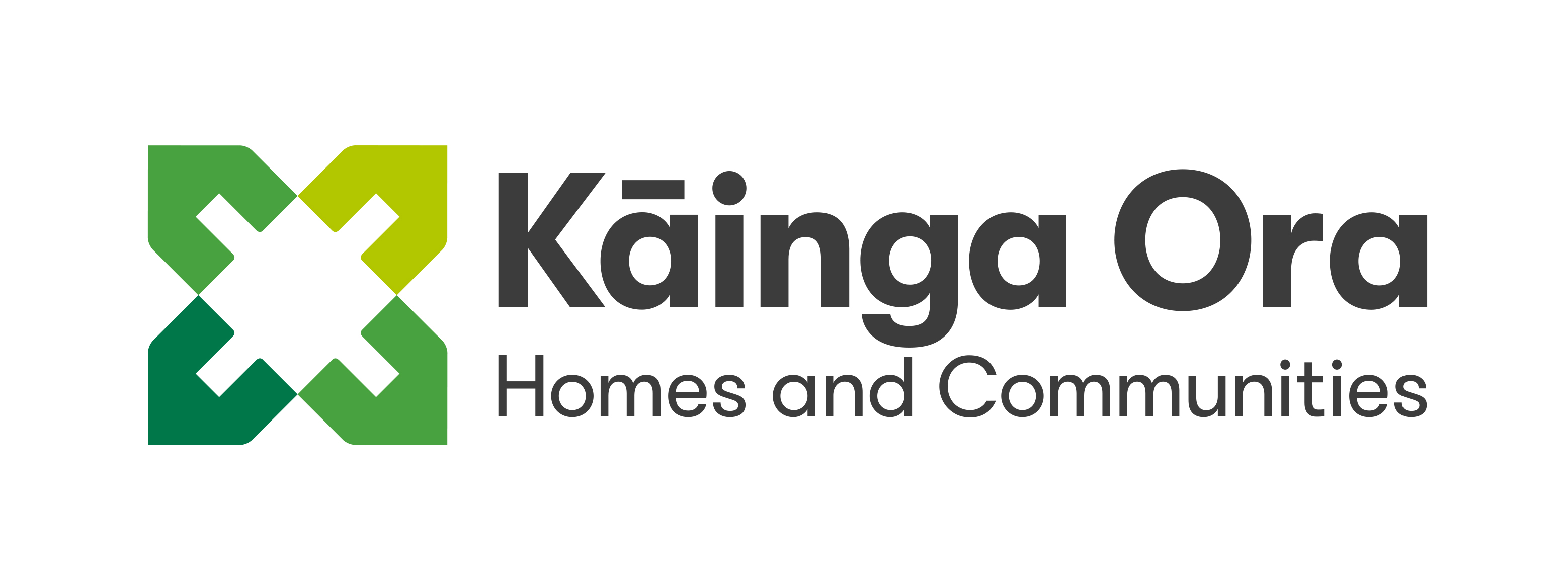
Kāinga Ora reaches maturity
Kāinga Ora – Homes and Communities has built its funding programme over a dynamic period for global markets and during the emergence of sustainable debt – a sector in which it has taken a leadership position in New Zealand and among global borrowers. Jason Bligh, treasurer at Kāinga Ora in Wellington, reviews progress so far and highlights some future targets.
How is Kāinga Ora working on enhancing relations with investors?
We have indicated that half our programme will be achieved by tenders, with the remainder by syndication, and we have performed as planned based on our current annual issuance requirements of around NZ$2-2.3 billion (US$1.3-1.5 billion).
Looking ahead, the fact we are doing tenders means we are actually in the syndication market less frequently. When we were first in the market we did around four syndications a year. As our financial requirement increases, our strategy will need to consider a marginal increase by syndication, by tender or a mix of both.
Syndications remain an important avenue for us, because of the types of investors that participate. So far it has been half and half, but as the requirement increases we may reconsider this strategy. We have talked about achieving an issuance rhythm and, as a new entrant, our next stage is about embedding what we are doing.
Last year was productive for offshore investment in New Zealand bonds. What are the prospects for 2022?
It is difficult to say, as the New Zealand dollar is a peripheral currency and we are seeing offshore yields move higher. We might go to the back of the queue as portfolio managers look at the capital market positions they are taking. But any deal can be transacted at a price – it just depends on the appetite for holding a New Zealand dollar asset.
How might higher rates influence demand for Kāinga Ora bonds?
We have seen shortening duration for funds that hold New Zealand dollar assets. In some regards this works in the opposing direction to an infrastructure entity that is looking to issue long term, spread the refinancing risk and match its debt with the life of assets.
In the context of New Zealand, a lot is already priced. It is about the forward view from here and investor expectations on fair value. However, as a long-term issuer our focus is really on the direction of US Treasuries and its impact on the long-end of the New Zealand dollar curve. We are a programmatic issuer and will always be in the market across the entire interest rate cycle. This may mean adjusting expectations in the current environment and wider concessions than seen over the past 18 months.
Is there any specific maturity point on the curve that Kāinga Ora would like to build up?
Subject to market conditions and demand, we are seeking to increase the size of our 2030 bond and exploring a 15-year tenor, which is really just establishing the 2035 bond we did two years ago. We have not seen long-term rates above 3 per cent for a long time and this may help us achieve volume we think is reasonable.
How is Kāinga Ora’s approach to sustainability reporting changing, and what is the potential role of newer products that link borrowing to KPIs rather than specific assets?
The bar is rising when it comes to sustainability financing. Financial capital and access to it is becoming broader, but the principles remain the same: that financing achieves meaningful impact.
The reporting is key in our messaging. We were able to present “Nga Kāinga Anamata”, translated “homes of the future”, which exhibited at COP26. This is our pilot toward building homes with a potential 70 per cent or more reduction in whole-of-life carbon.
In delivering these outcomes, we are now engaged with the sector on carbon reporting, providing the necessary tool to report against a KPI. This is a step toward developing a linked product.
How is delivery of new housing influencing the funding task?
Our priorities have not changed but the pandemic has been an obstacle in delivering the public housing plan by FY24. We remain committed to delivering the remaining target of around net 7,600 homes. We completed 1,900 units last year, so we now have a shorter period to complete the build programme.
With increasing need comes complexity, so we are looking to engage in joint ventures and partnerships. The Housing Acceleration Fund is a NZ$3.8 billion fund, designed to accelerate supply in the short-to-medium term. A proportion is contestable for iwi, councils and developers.
There is also a 10-year, NZ$2 billion strategic land acquisition programme. To be clear, this is not a land-bank fund but to facilitate housing delivery in locations that would not be commercially attractive without government support.
We have been asked to do more and to do it quicker, which is understandable. The current headwinds simply present additional challenges to navigate to achieve our public and affordable housing outcomes.

HIGH-GRADE ISSUERS YEARBOOK 2023
The ultimate guide to Australian and New Zealand government-sector borrowers.











